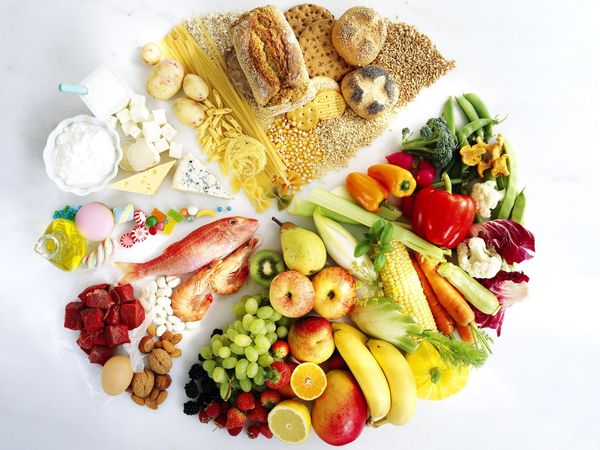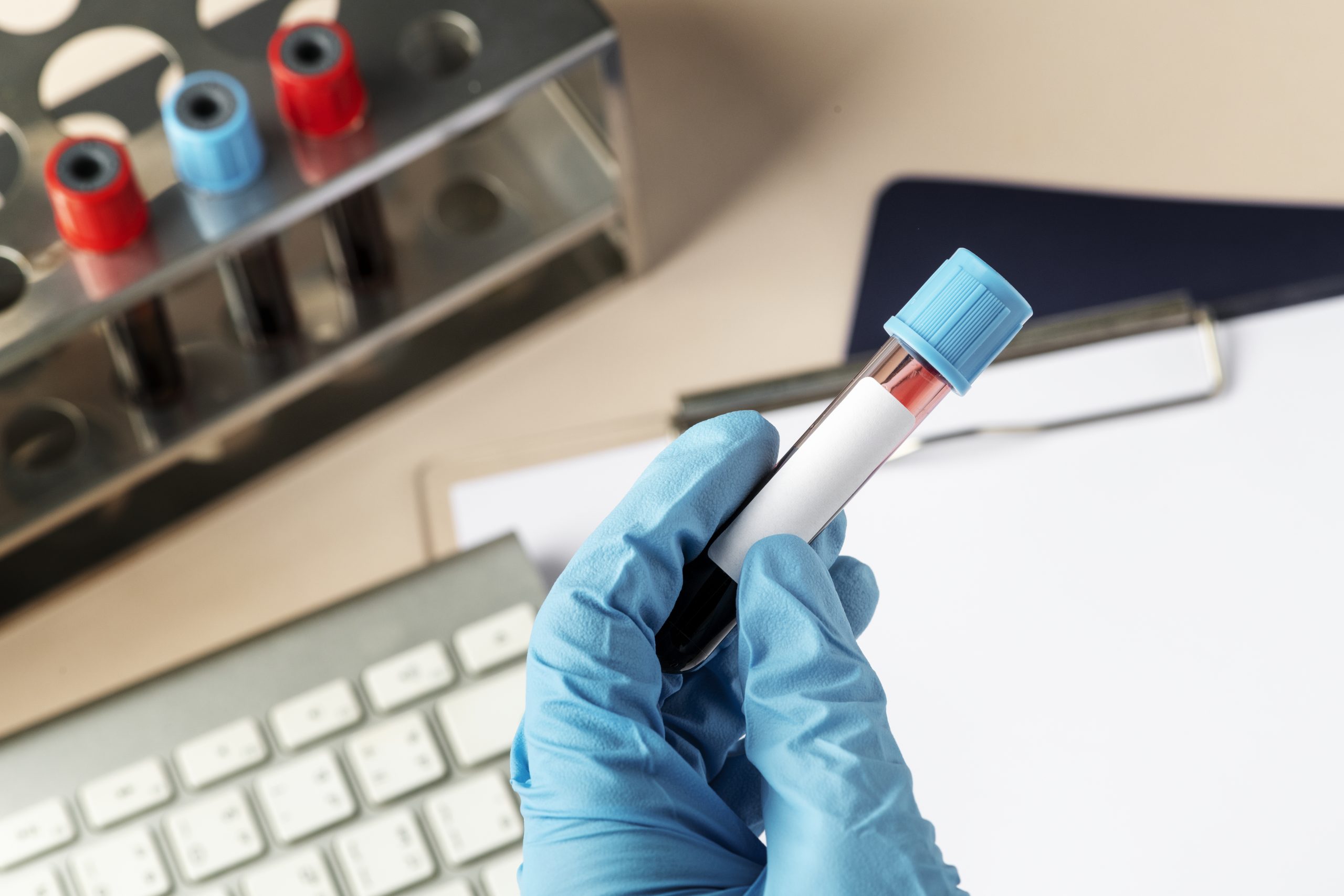 Survey: Too many people share antibiotics We all know about “the talk” at the doctor’s office… the antibiotic talk. And happens a bit like this: After the doctor gives you a week-long prescription of antibiotics for that nasty throat infection you’ve had for almost a month, they remind you for just about the millionth time that you need to take your medicine on time and to stick to the recommended dose.
Survey: Too many people share antibiotics We all know about “the talk” at the doctor’s office… the antibiotic talk. And happens a bit like this: After the doctor gives you a week-long prescription of antibiotics for that nasty throat infection you’ve had for almost a month, they remind you for just about the millionth time that you need to take your medicine on time and to stick to the recommended dose.
But as repetitive as they sound, can we really blame them? Antibiotic resistance is an increasingly worrying global issue that has is already taking its toll, and experts believe that improper antibiotic use is only making things worse.
And now it looks like doctors might have to tweak this “talk” to stay on top of their anti-antibiotic resistance game, as a survey conducted for a study by American Academy of Pediatrics (AAP) researchers shows that a large number of parents are giving or taking leftover antibiotics from others. An abstract of this study, titled “Diversion of Prescription Antibiotics: Should You Take from Peter to Treat Paul?” was presented at the AAP National Conference & Exhibition at the Orange County Convention Center in Orlando, Florida on the 5th of November by Tamara Kahan, an author of the study.
Survey details
Researchers sent out an anonymous online Amazon Mechanical Turk survey to a nationwide sample of 496 parents. They found that 48.6 per cent of the survey’s respondents reported keeping leftover prescription antibiotics instead of getting rid of them properly.
Of that percentage, a staggering 73 per cent reported giving those antibiotics to their siblings, unrelated adults and even unrelated children – all without consulting a doctor and sometimes months after the original prescription date. Respondents also reported re-using those antibiotics themselves. This phenomenon of sharing antibiotics with others or borrowing them is termed “prescription diversion”.
Additionally, 80.4 per cent of the parents whose children were prescribed liquid antibiotics reported diverting them, making them the most diverted types of antibiotics followed by drops at 73.8 per cent. Creams and tablets came up at 69.7 and 55.6 per cent respectively.
As far as dosage was concerned, most diverters either stuck to the original prescription dosage or guessed the appropriate dose based on their child’s age.
Most shockingly, 16 per cent of all respondents reported giving their children adult medication.
Risks of antibiotic sharing
Dr Ruth Milanaik, the study’s lead author, says that she was alarmed by the survey results and describes prescription diversion as “dangerous”.
This danger, she says, is not only limited to the people taking antibiotics that have not been prescribed to them, but can also affect the entire population as this can fuel resistance to antibiotics and make diseases harder to treat.
This is serious because there are currently antibiotic-resistant strains of nasty disease-causing microbes, such as resistant strains of tuberculosis bacteria.
Dr Milanaik says that more needs to be done to educate families about antibiotics. She says that they should be taught about the way they work, the diseases they don’t treat, the risks of use without medical advice and how to dispose of them properly. She also says that it’s essential for clinicians to impart this knowledge so that antibiotics can stay effective against infectious diseases.
So remember, leftover antibiotics are not for keeps and shouldn’t be shared with friends, even if they ask very nicely. Please talk to your doctor to find out the safest way to get rid of your leftover prescription meds.
By Tesneem Ayoub
Source: https://www.sciencedaily.com/releases/2018






Leave A Comment
You must be logged in to post a comment.